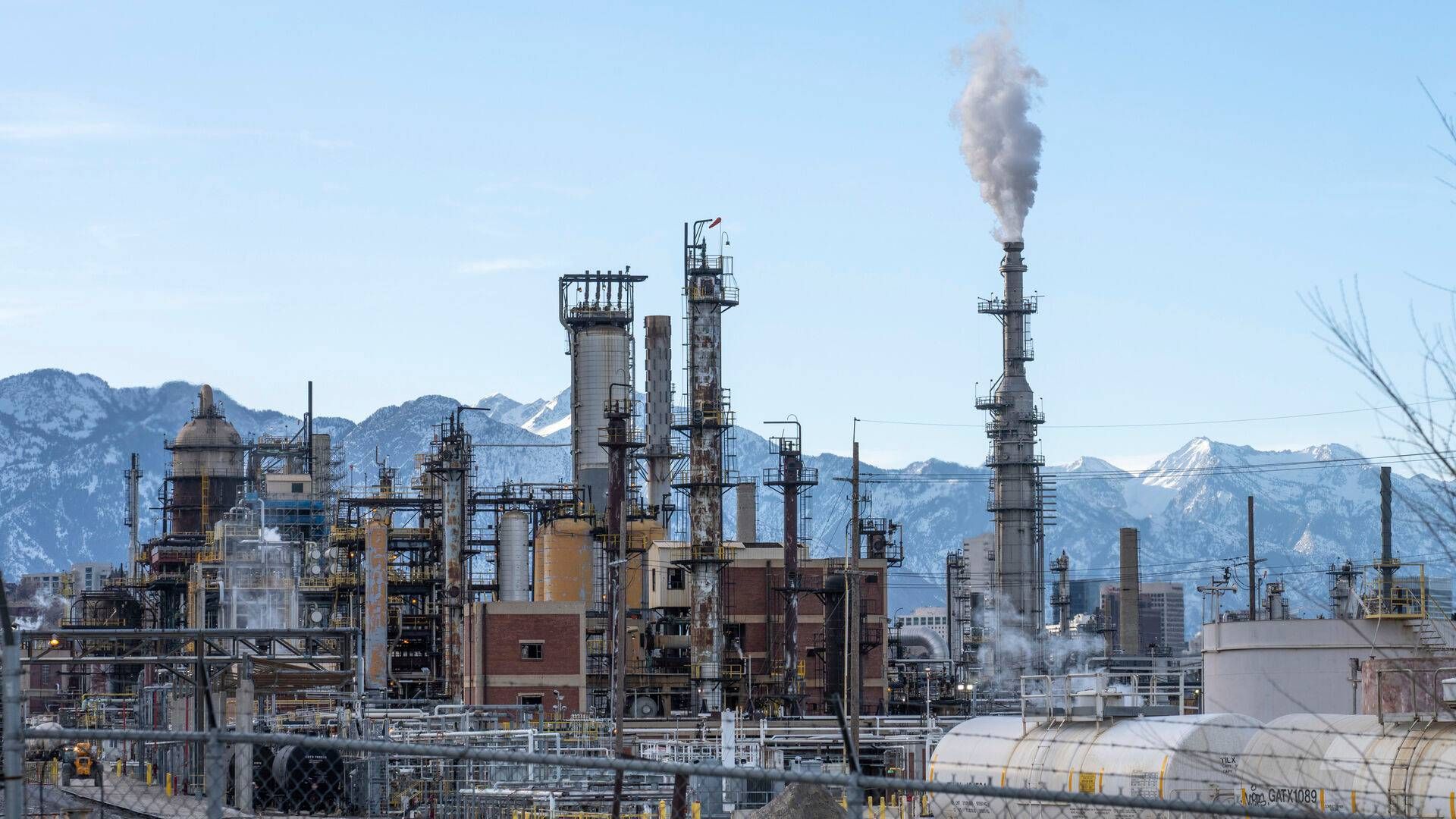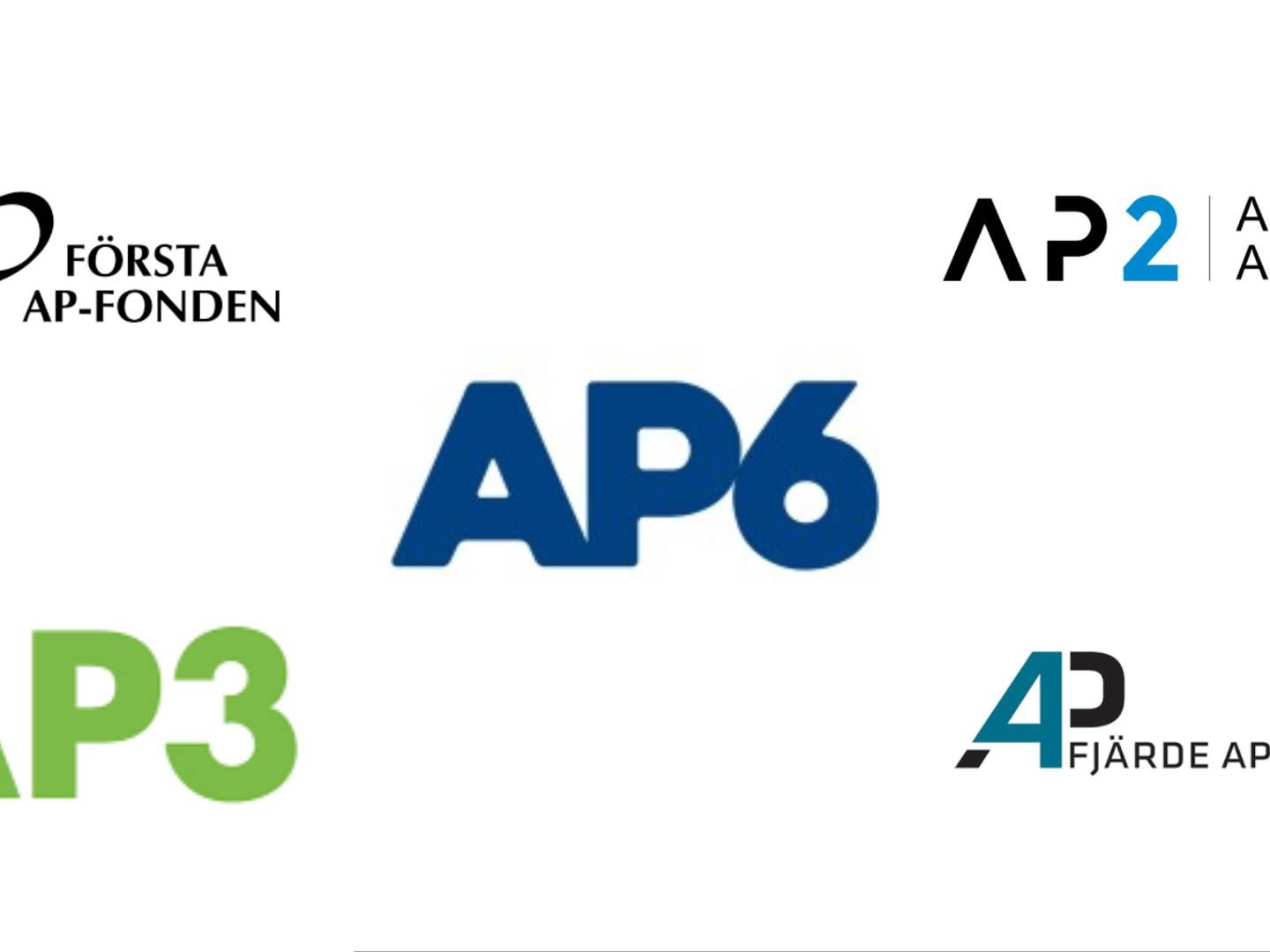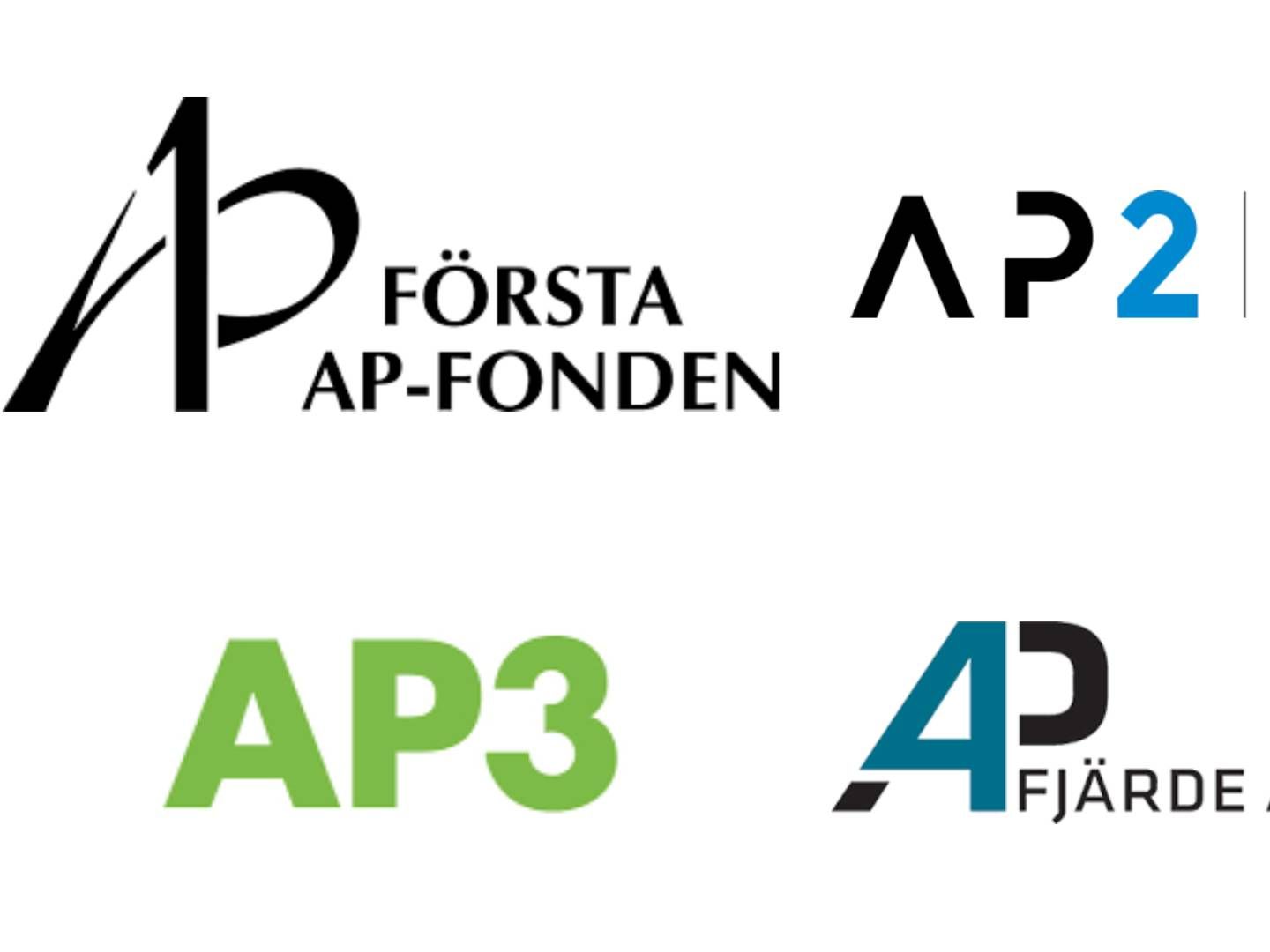Fossil fuel boom affects 2022 carbon footprint of Swedish AP funds

The full-scale Russian invasion of Ukraine and the ensuing surge in fossil fuel prices had an effect on the carbon footprint of the Swedish national pension funds’ investment portfolios last year, a recently published McKinsey report states.
Apart from an obvious focus on asset management, the consultancy firm’s annual evaluation of the performances of the so-called AP Funds pays a lot of attention to sustainability issues – as do the activities of the six pension funds.
The report notes that the combined carbon emissions from the listed equity portfolios of the four major funds – AP1 to AP4 – decreased by more than one third between 2018 and 2022. However, the speed was somewhat slower last year, and in the case of some investment portfolios, carbon emissions even increased in 2022.
Above all, this was caused by a strong increase in the value of energy companies compared to other companies, the report states.
A case in point is the AP3 Fund, whose total emissions of carbon dioxide remained more or less unchanged last year – contrary to the combined emissions of the four major funds which decreased slightly in 2022.
Also, the carbon emission intensity – a measurement of exposure to companies with high emissions of greenhouse gasses – of the AP3 Fund’s portfolio even increased last year.
This increase can be explained by the excellent performances of energy companies in 2022 – as a consequence of the surge in gas and oil prices following Russia’s attack on Ukraine.
“Thus, these companies, whose activities are carbon intensive, take up a larger share of the Fund’s portfolio, and contribute to a higher portfolio-weighted carbon dioxide intensity,” the report notes.
It adds that weak stock market performances of some low-emission IT companies, particularly in the US, have had a similar effect.
Going greener without compromising returns
While global developments in 2022 affected the carbon footprint of the funds’ investments, the McKinsey report, nevertheless, paints a positive picture of their sustainability work, stating that they can make a valuable contribution to the green transition at home as well as abroad – and still achieve positive financial returns in the process.
It notes that the funds are increasingly integrating “sustainability perspectives and factors in their asset management.”
“Regarding sustainability, this year’s evaluation points to a number of trends and developments that together indicate an ever-larger maturity and a more active approach to sustainable investments and the statutory mission on exemplary management,“ the report adds.
Rather than disposing of emission intensive companies, the report says the funds are trying to influence the climate agenda through active ownership, and several are setting aside money for thematic investment portfolios with a sustainability focus.
This means that the funds will primarily cease to invest in companies if they don’t succeed in influencing them, or if they are thought to lack the will and basis for a transition.
“The funds often see good opportunities to affect lower emissions in exactly the companies that today generate the highest emissions, through long-term and active ownership,” the report notes.
Since 2019, the four major buffer funds, AP1 to AP4, have been legally required to focus on boosting sustainable development – without compromising the overall goal of achieving high returns at low risk.
This focus appears to be paying off, given the significant decrease in the funds’ carbon emissions over a five-year period.
















